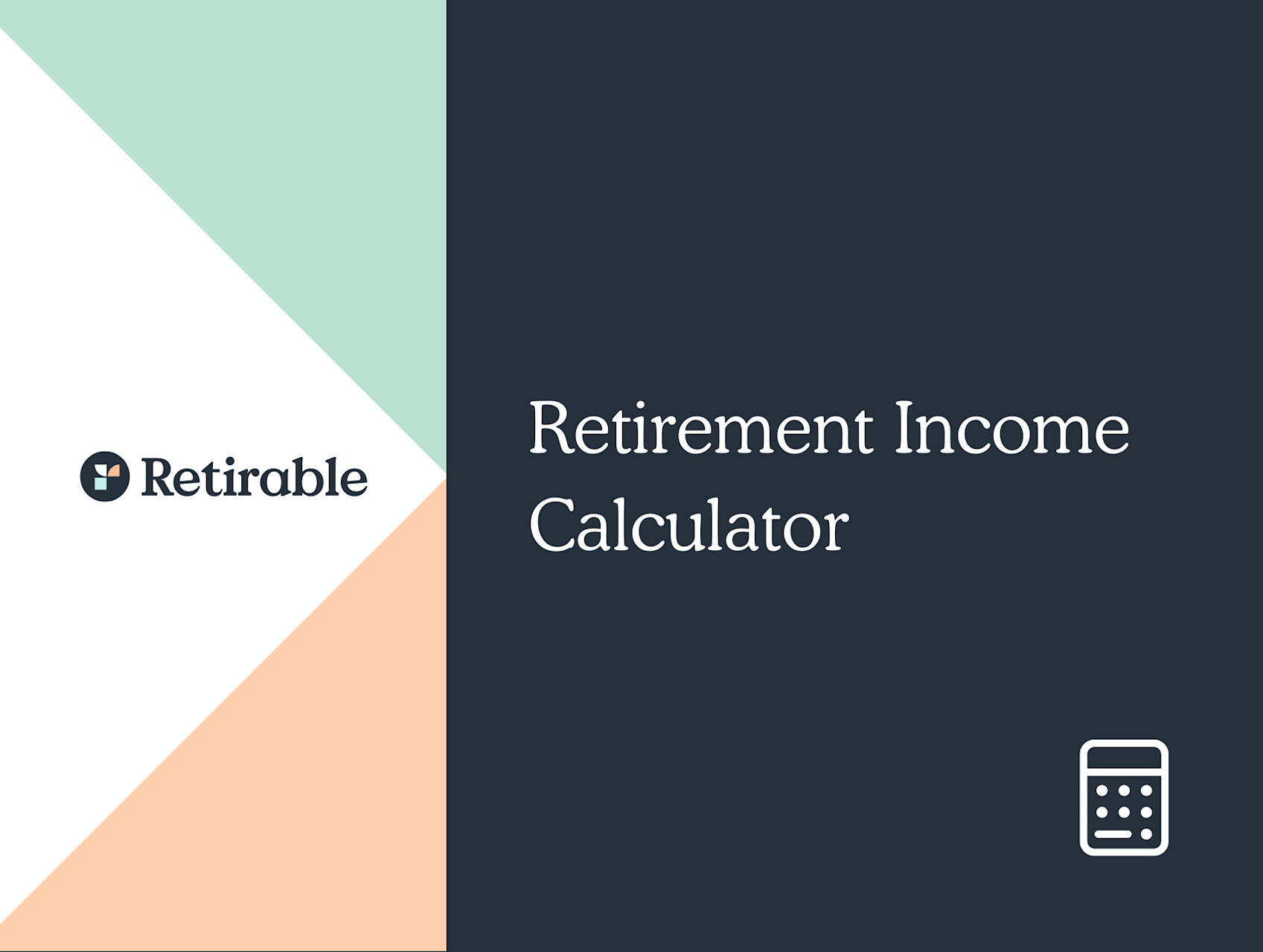Retirement Accounts
It’s important to understand the differences between defined-benefit and defined-contribution plans, down to the details of who makes contributions to the plan, the maximum contribution amount allowed, and if you can withdraw early.

C.E Larusso
•
Published August 8th, 2022
Table of Contents
Key Takeaways
Most employers offer a retirement plan as a benefit to their employees, some will even match funds to build your legacy.
Defined-benefit plans are commonly known as pensions. Defined-contribution plans are commonly known as 401(k)s.
These plans differ according to who makes contributions to the plan, the maximum contribution amount allowed, and if you can withdraw early.
Most employers offer a retirement plan as a benefit to their employees. To maximize the amount you receive for retirement from your employer, it’s important to understand the differences between defined-benefit and defined-contribution plans, down to the details of who makes contributions to the plan, the maximum contribution amount allowed, and if you can withdraw early.
What is a Defined-Benefit Plan?
Defined-benefit plans are often called pension plans, and are one form of employer-sponsored retirement benefits. The benefits and payout are often calculated with regard to how long you’ve worked for the company, your age when you retire, and your salary; there is no standard formula or method for calculating the benefits.
Defined-benefit plans are often designed to entice workers to stay with their company for many years. These plans include contributions the employer makes while the employee is employed, as well as contributions from the employee, though it is usually optional (and often rare) for the employee to contribute. The funds are managed by the employer.
The benefits are guaranteed so long as you have met the terms of the plan, which is different from 401(k)s, as that plan depends on fluctuating investments. In this sense, the financial burden of defined-benefit plans is on the employer rather than the employee. That said, employers typically receive tax breaks for participating in defined-benefit plans, even though they are on the hook for the payout to the employee, regardless of how well or how poorly the investments do.
Most defined-benefit plans have some level of protection from the Pension Benefit Guaranty Corporation.
Defined-Benefit Plan Payouts
Payouts for defined-benefit plans are typically made either as a lump sum or through an annuity which offers regular payments for the remainder of your life. Here are ways the payout can be structured:
- A single life payment provides a monthly payment every month until you pass away, with your beneficiaries unable to receive any further payments after your death.
- A single life with term certain structure will pay out monthly benefits for a named term; if you die before that term is over, your beneficiaries will receive the payment.
- Selecting a 50% joint and survivor payout allows your surviving spouse to monthly payments for half of the original annuity amount.
- With 100% joint and survivor, your spouse will receive monthly payouts for 100% of the original annuity.
What is a Defined-Contribution Plan
With a defined-contribution model, the employee (and sometimes the employer, in a matching amount up to a certain percentage, usually 2 to 5%) makes contributions to the retirement plan, but the final payout depends on how the money was invested by the employee.
These plans come with significant tax benefits. The employee can exclude the contributions from their total taxable income for the year, or contribute to a post-tax Roth, allowing for tax-free income during retirement. Because of these benefits, there are tax penalties (usually 10%) when you withdraw from your defined-contribution plan before retirement age (59½ years old), with very few exceptions.
Types of Defined-Contribution Plans
- 401(k): A standard defined-contribution plan, intended for private businesses.
- 403(b): Like a 401(k), but for employees of schools, nonprofits, and health care facilities.
- 401(a): Designed for government, educational, and nonprofit employees, these plans are structured so the employer can set unique eligibility requirements, contribution amounts, and vesting schedules.
- 457: For public-sector workers, such as state and municipal employees, as well as some nonprofits.
- Thrift Savings Plan (TSP): Intended for federal employees.
- Savings Incentive Match Plans for Employees (SIMPLE): For businesses with 100 or fewer employees.
What’s the difference? (Pros and Cons)
- With a defined-benefit plan, the employer is the main contributor; sometimes, but rarely, the employee will contribute, depending on the plan’s terms. With a defined-contribution plan, it is standard for both the employer and employee to contribute.
- Defined-benefit plans provide a guaranteed payout; these plans are offered less frequently due to the financial burden on the employer.
- Investment of defined-contribution plans falls on the employer; your plan can be moved when you leave your current place of employment, which can be useful if you don’t intend to stay at a job very long.
- Employer contributions to defined-benefit plans are usually fixed, while with defined-contribution plans the employer typically matches whatever the employee contributes, up to a certain percentage.
| Defined-Benefit | Defined-Contribution | |
|---|---|---|
| Are contributions tied to the employer or employee? | Employer (i.e. if the company goes bankrupt, your pension is at-risk) | Employee (if you switch jobs, your money goes with you) |
| Can you access funds before retirement? | No | Yes, but you will pay a tax penalty |
| Who takes on the investment risk? | Employer | Employee, though many employers have services to help guide employee investments |
| Who contributes to the plan? | Employer, with sometimes (though rarely) employee contributing some | Employee (from ages), with some employers offering matching contributions, thus doubling your total contribution up to a certain percentage |
| Is there a set payout amount? | Yes, depending on the terms your employer has set up for your pension | No—the final payout depends on how the investments have performed |
| Annual contribution limit | The contribution limit is calculated based on a number of factors, including the employee’s age. In 2022, the maximum benefit payable at retirement is $245,000, and annual contributions can be larger than that in order to meet that maximum benefit, if necessary | $67,500 per person |
Final Thoughts
There are several factors that you must consider when deciding between a defined-benefit and a defined-contribution plan, if you are fortunate to have the choice at all. If you prefer flexibility, a defined-contribution plan might be a better choice. If you need to guarantee a certain amount for your retirement, a defined-benefit will give you that peace of mind, as your retirement won’t be dependent on market fluctuations. Finally, you might want the option to cash in on a defined-benefit plan as a lump sum to pay for a large expense.
If you have questions about your retirement plans, we’re here to help. It’s important to discuss all of these considerations and your personal priorities and goals with one of Retirable’s Certified Financial Planners®. Schedule your free consultation today.
Share this advice

A professional content writer, C.E. Larusso has written about all things home, finance, family, and wellness for a variety of publications, including Angi, HomeLight, Noodle, and Mimi. She is based in Los Angeles.
Share this advice

A professional content writer, C.E. Larusso has written about all things home, finance, family, and wellness for a variety of publications, including Angi, HomeLight, Noodle, and Mimi. She is based in Los Angeles.
Free Retirement Consultation
Still have questions about how to properly plan for retirement? Speak with a licensed fiduciary for free.



